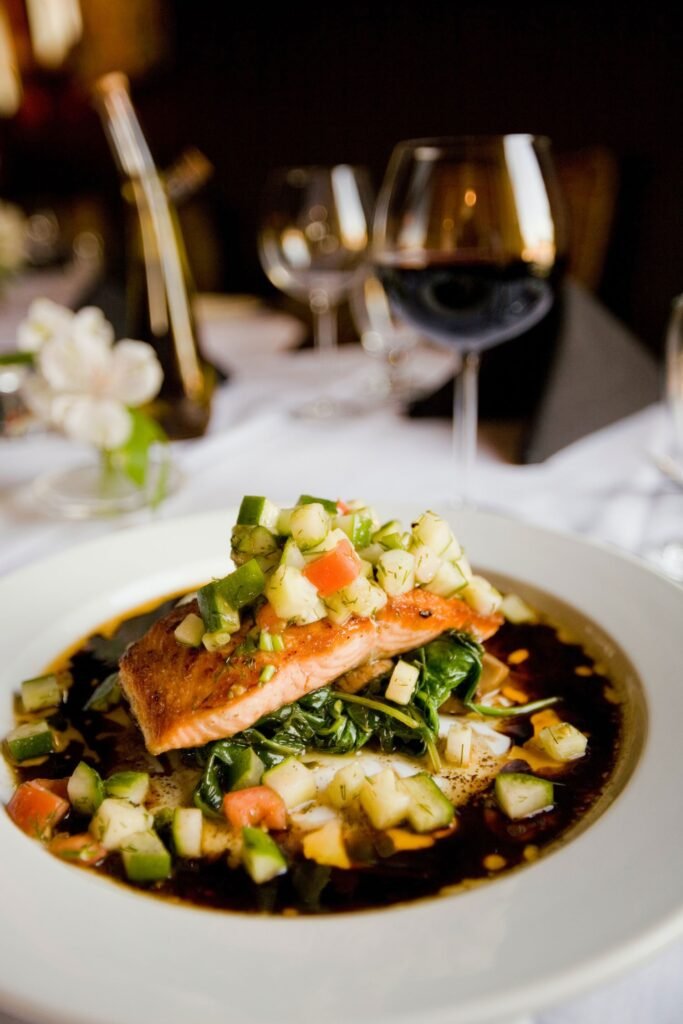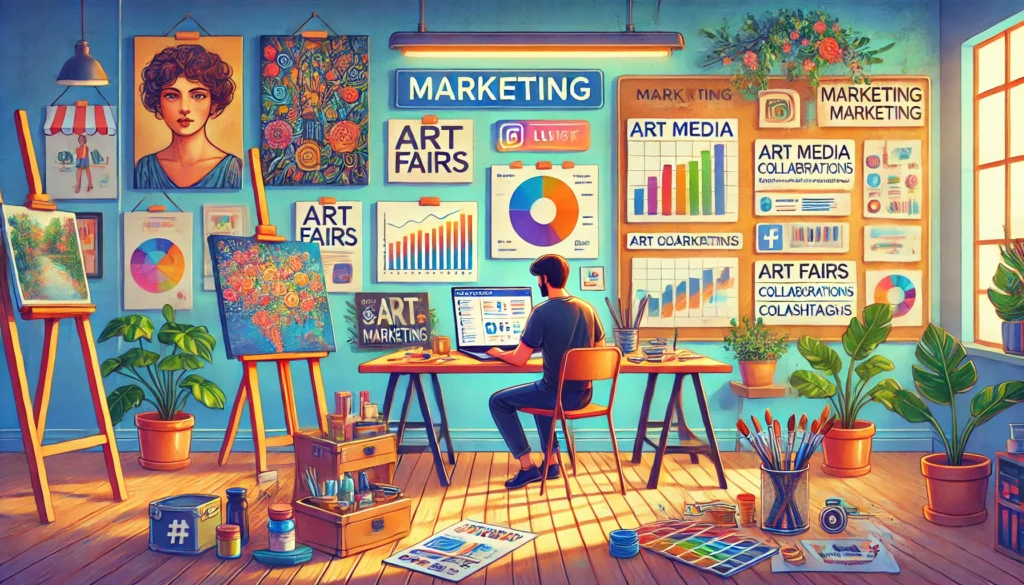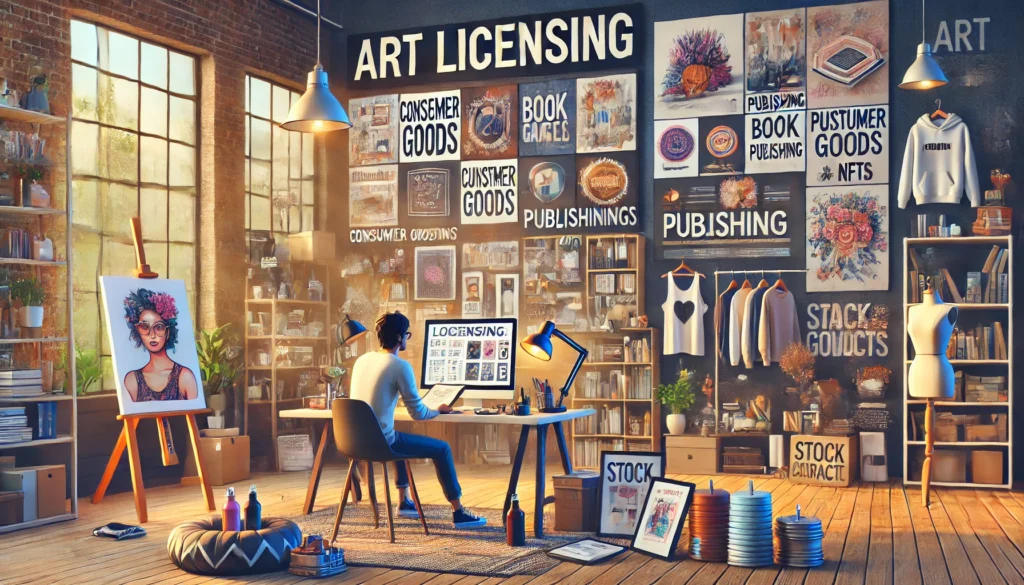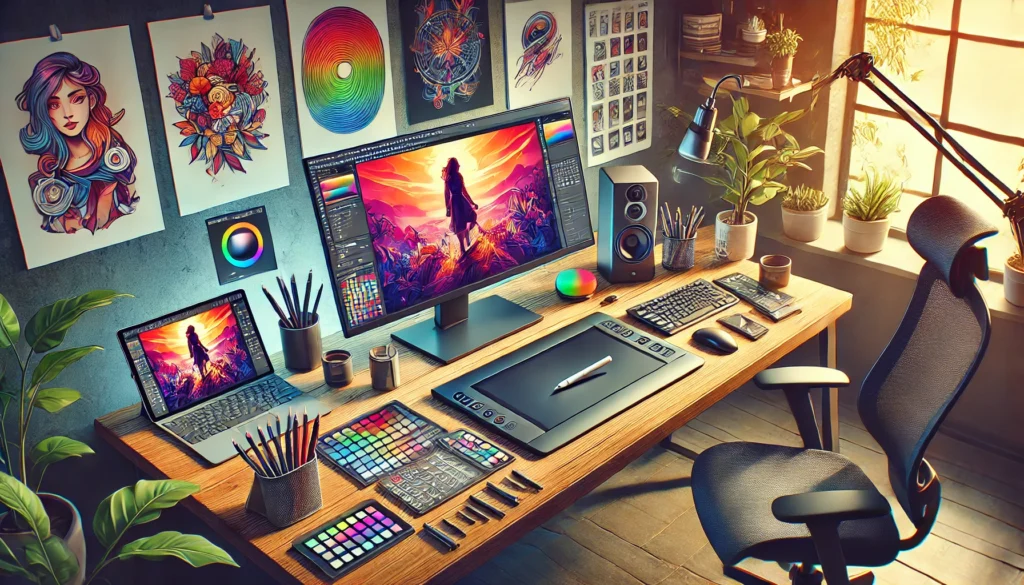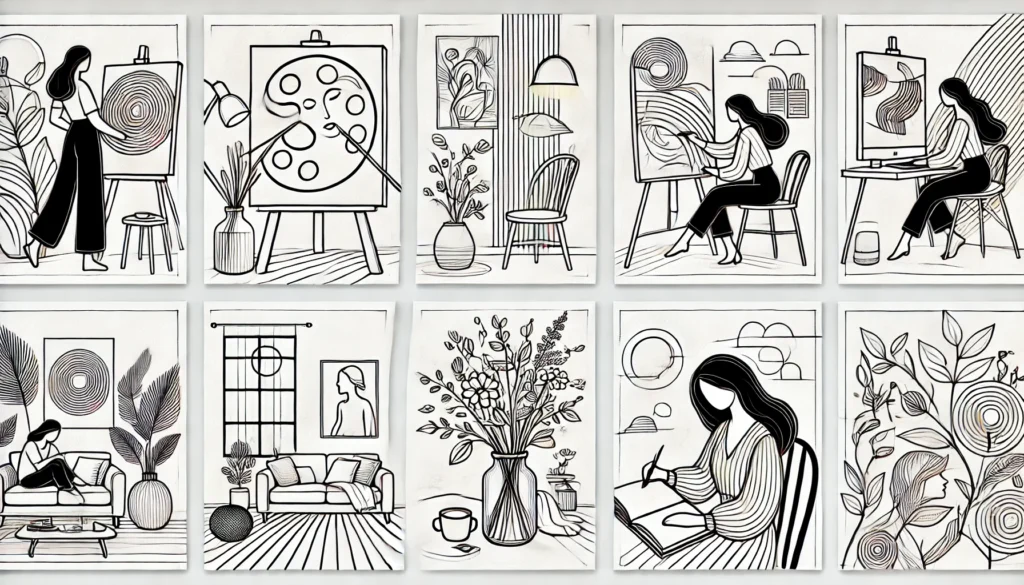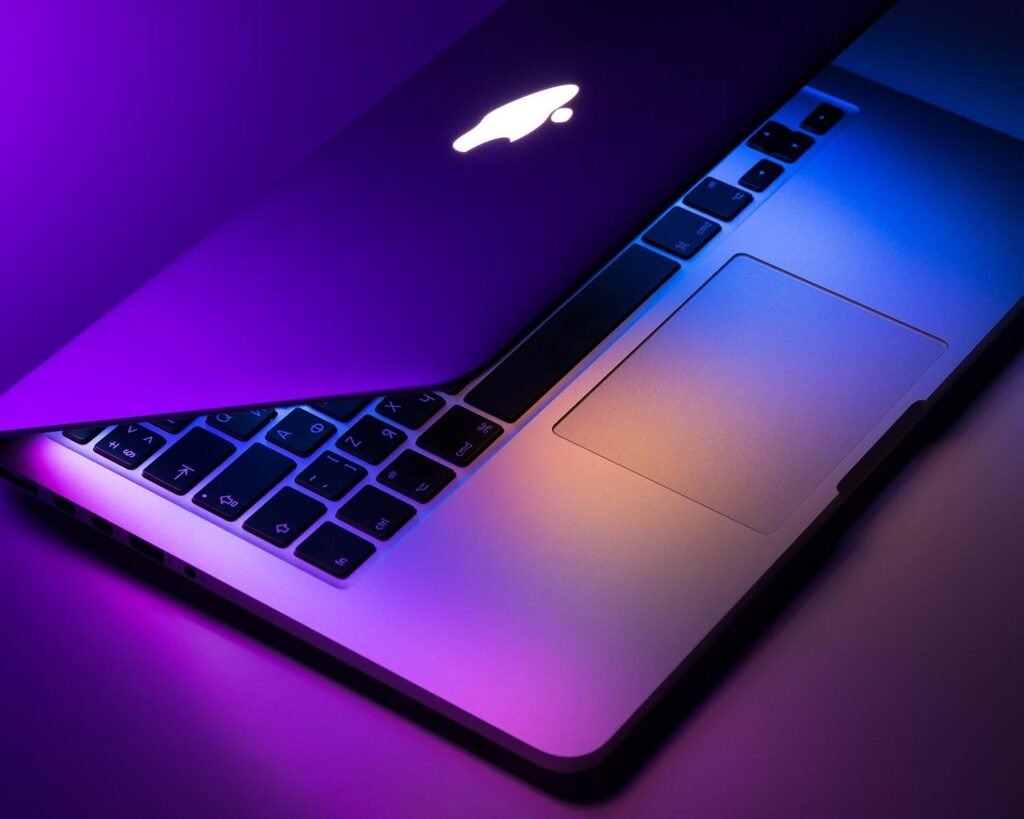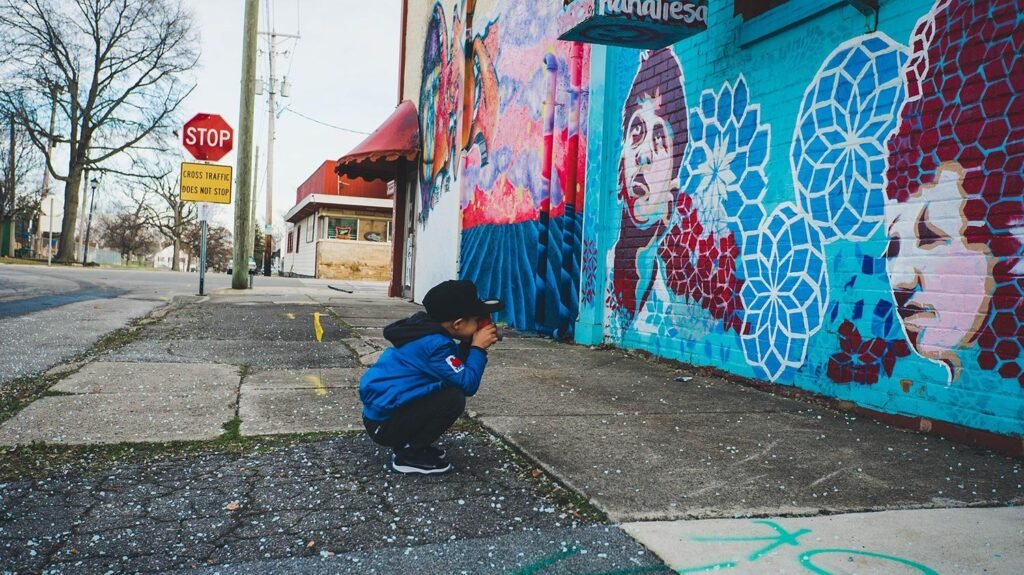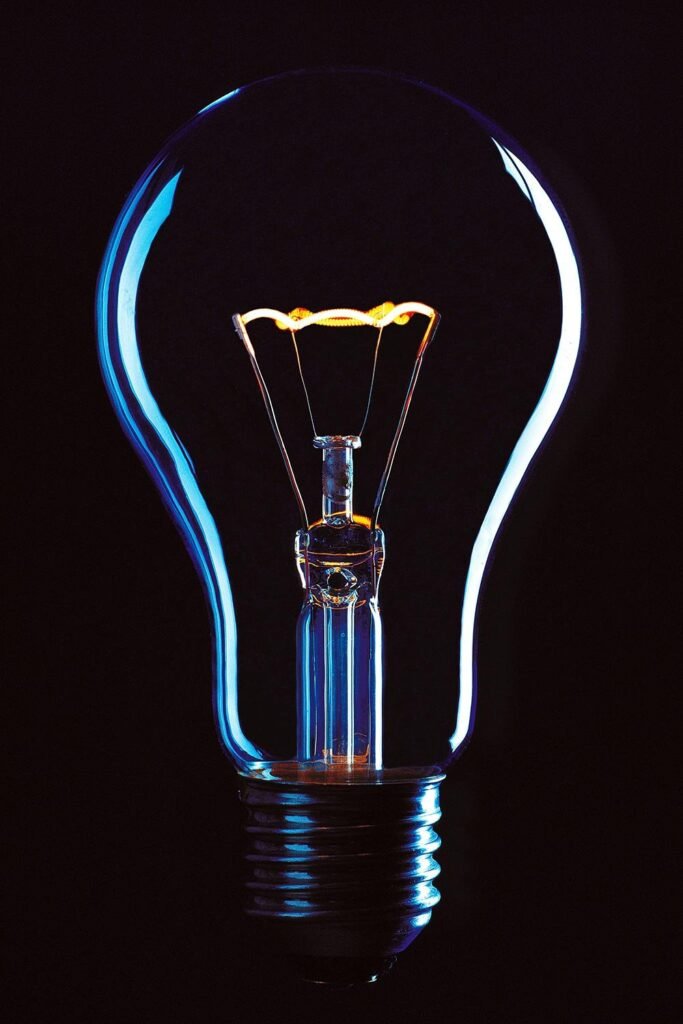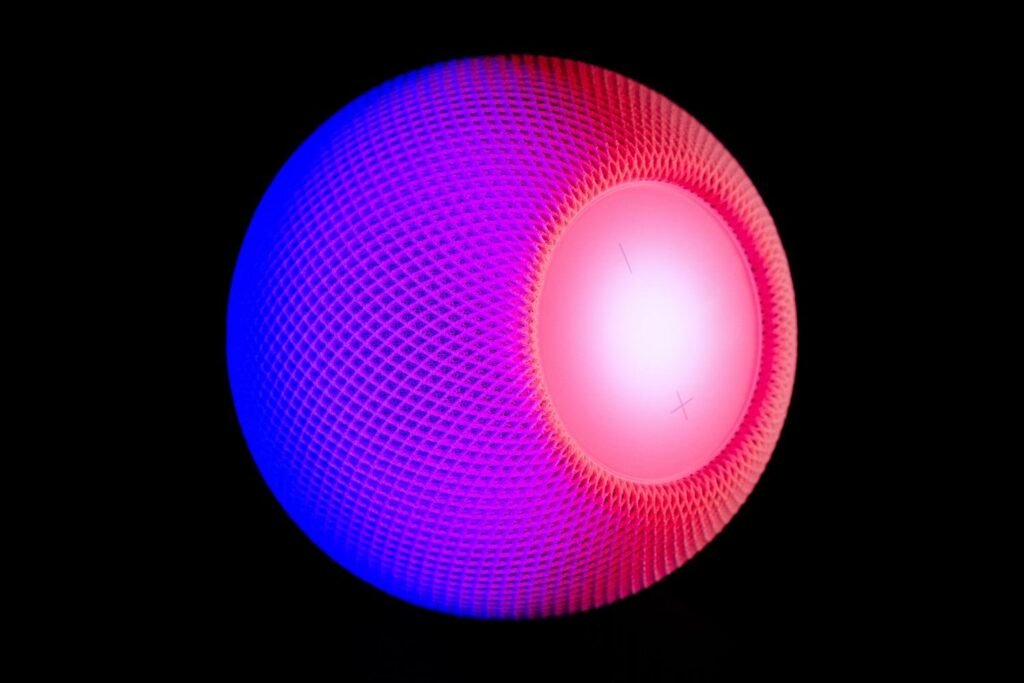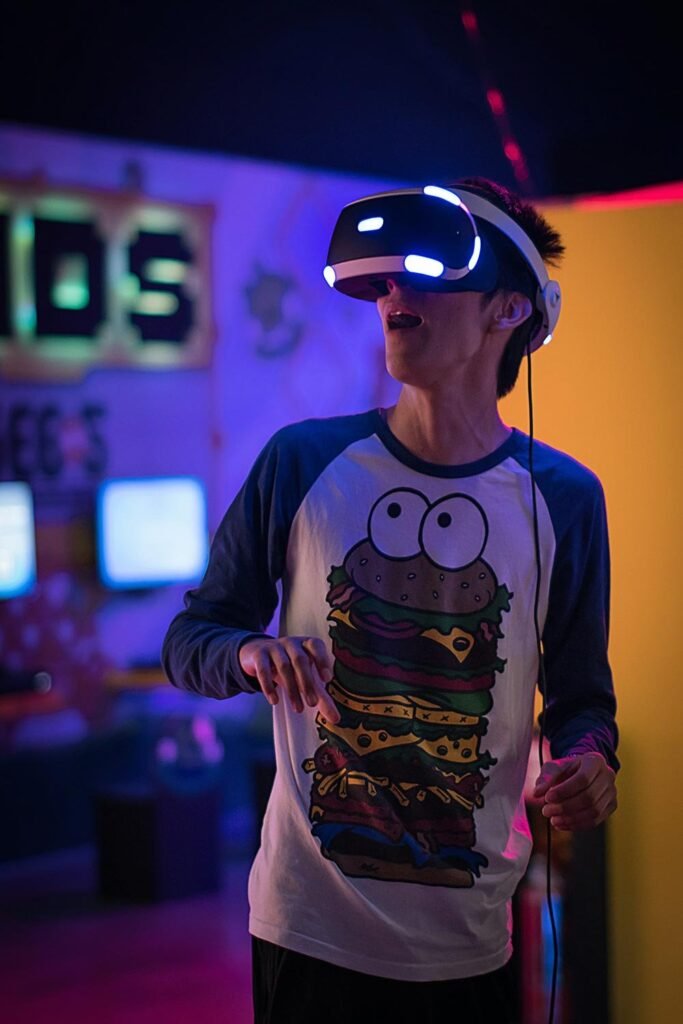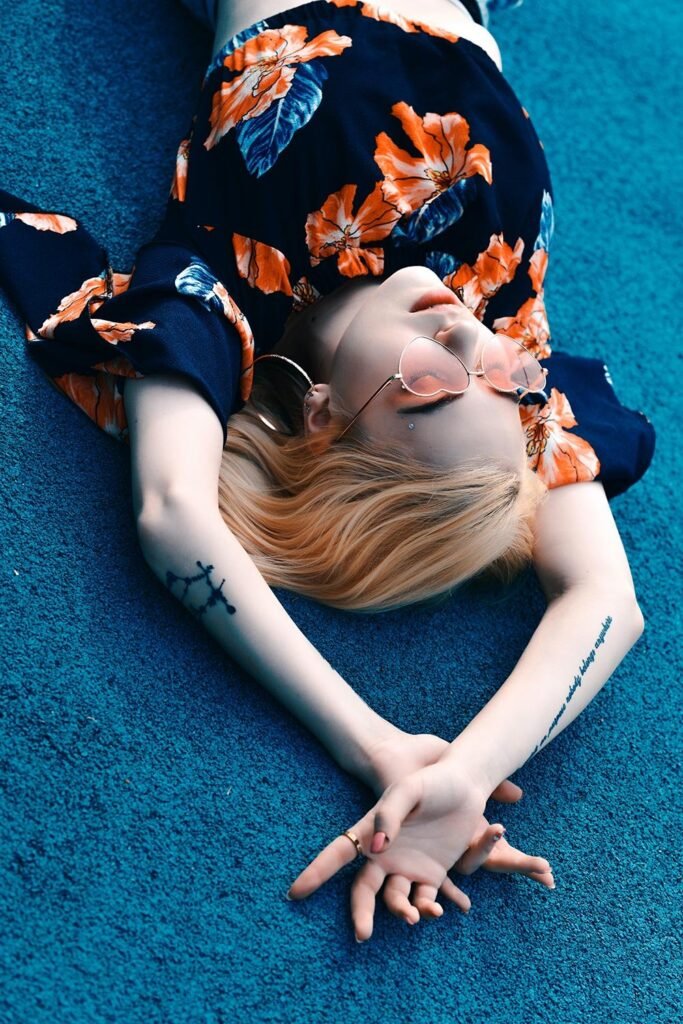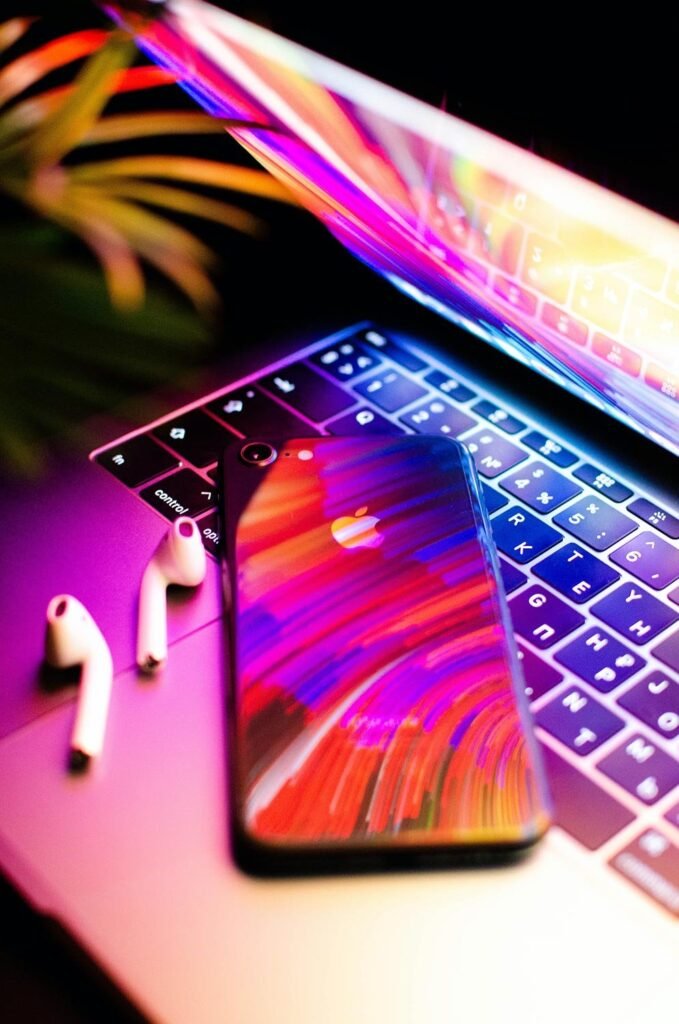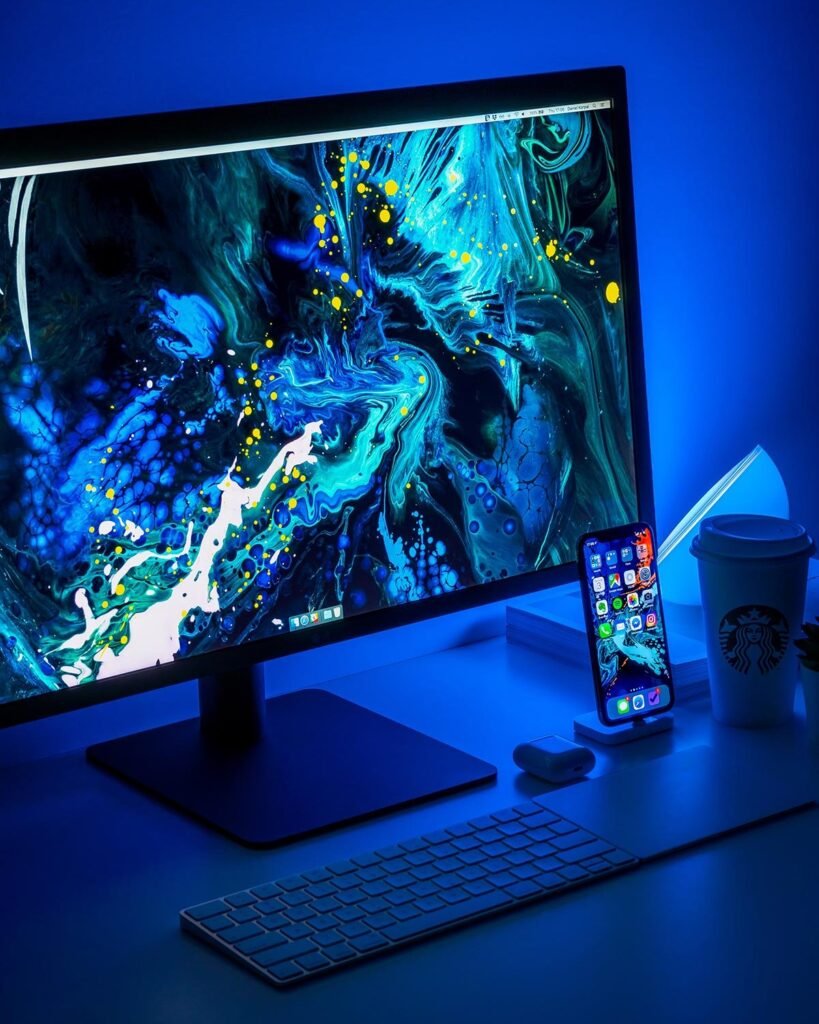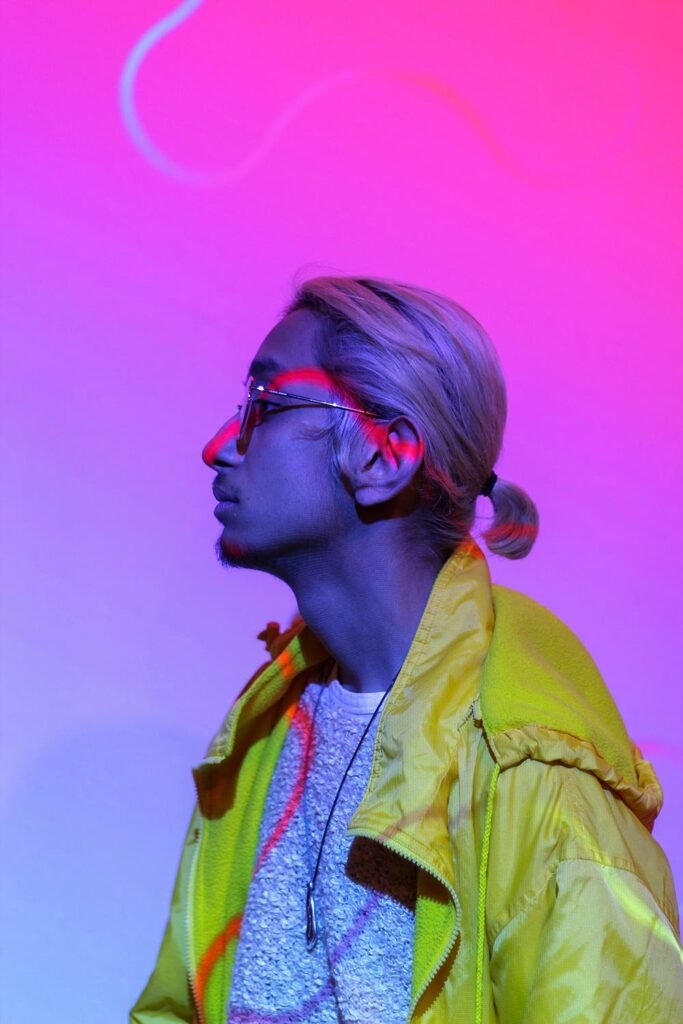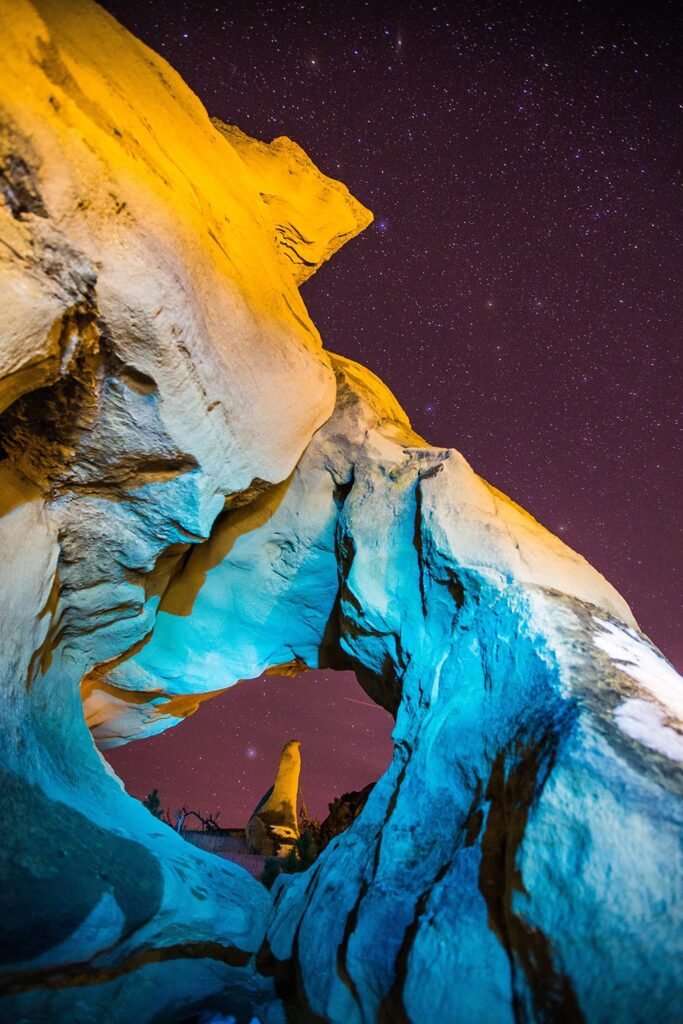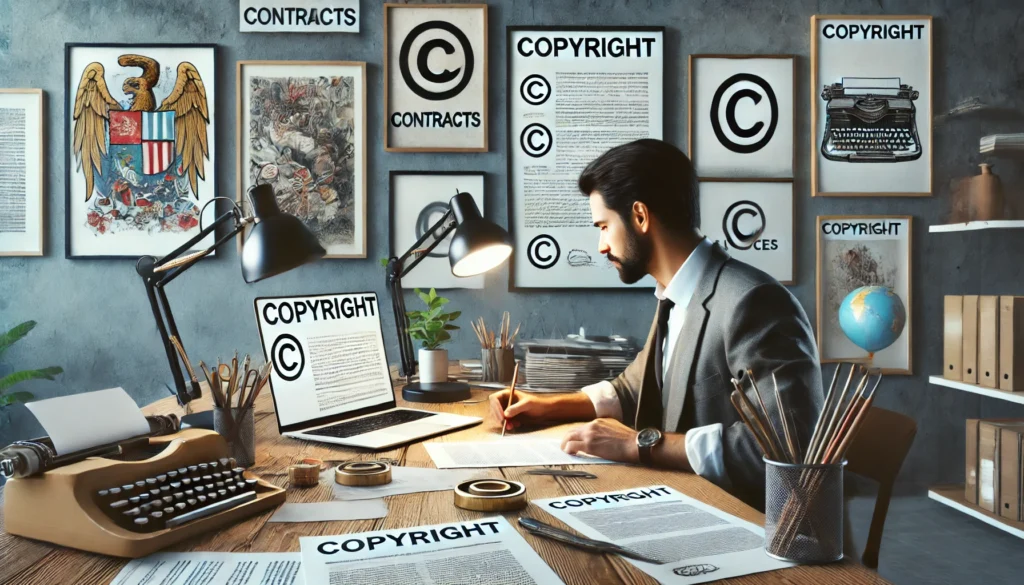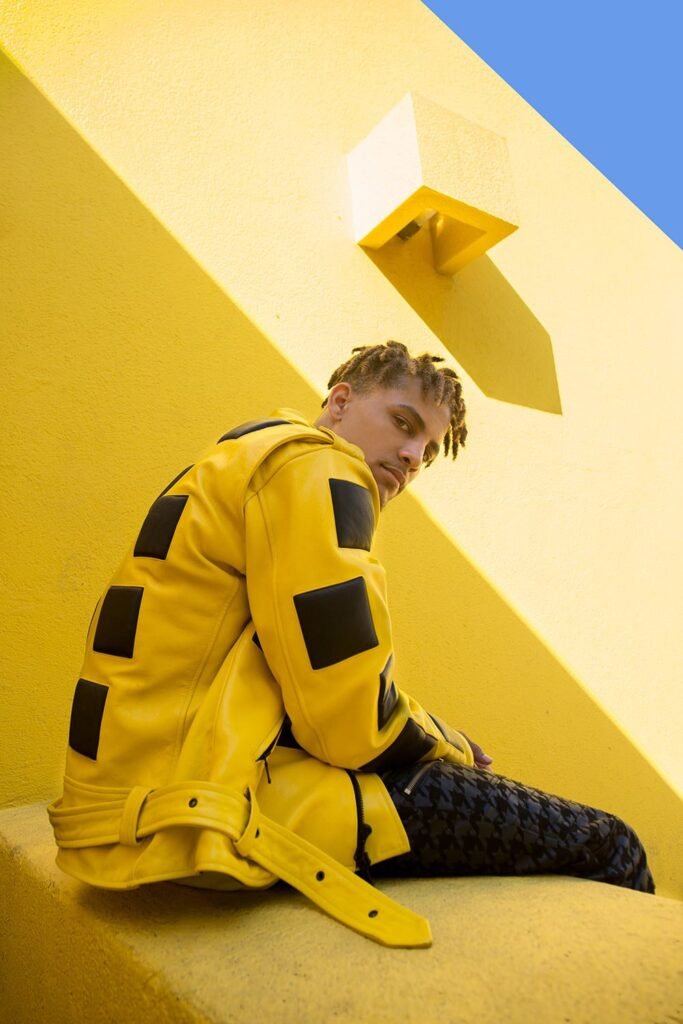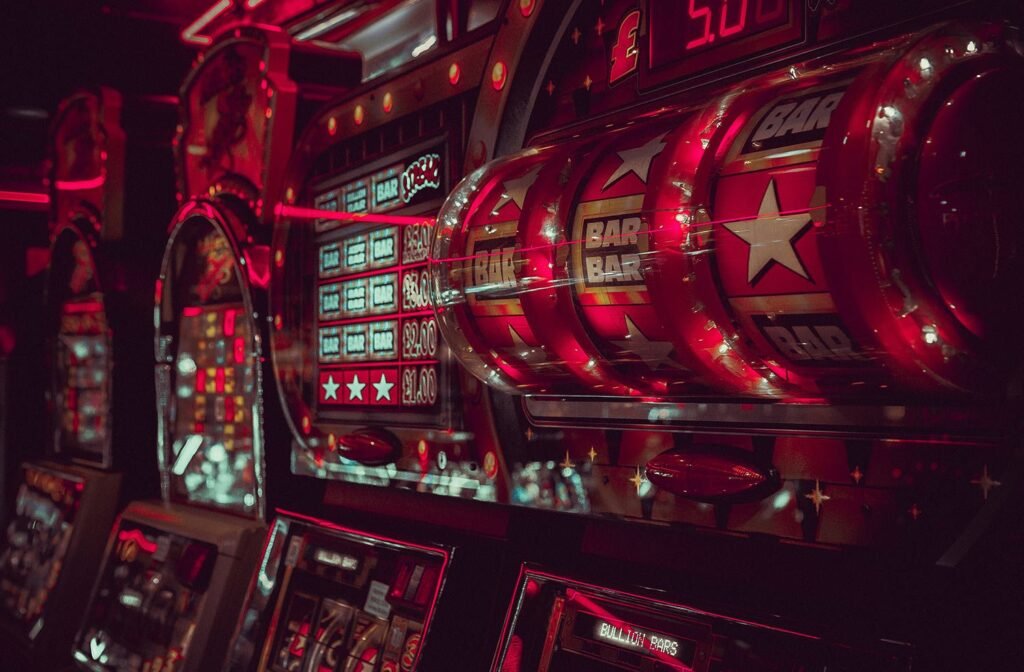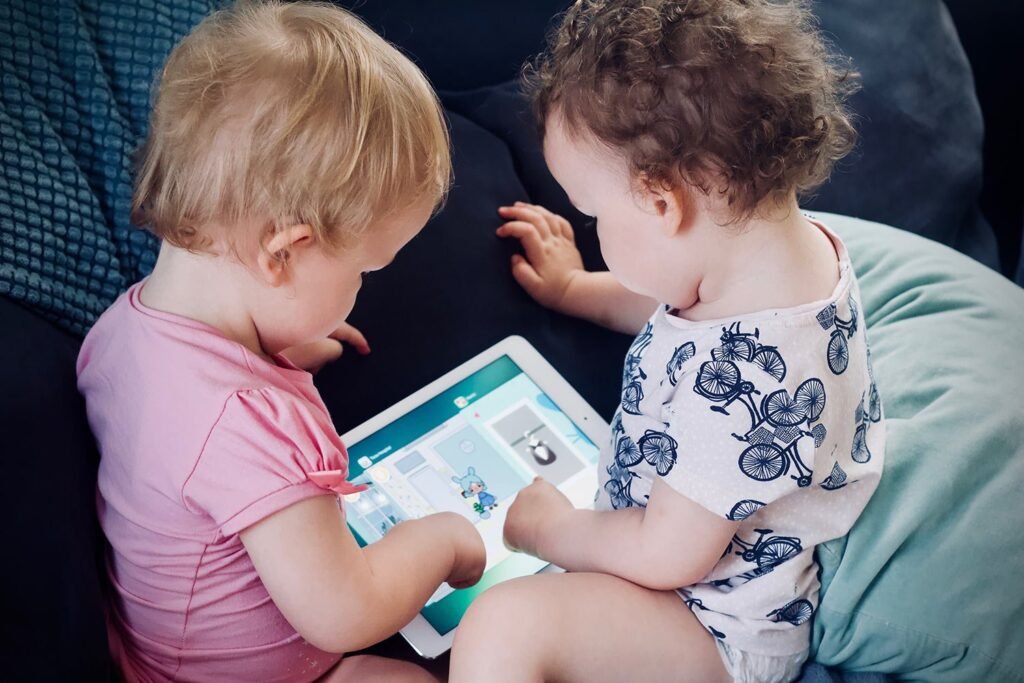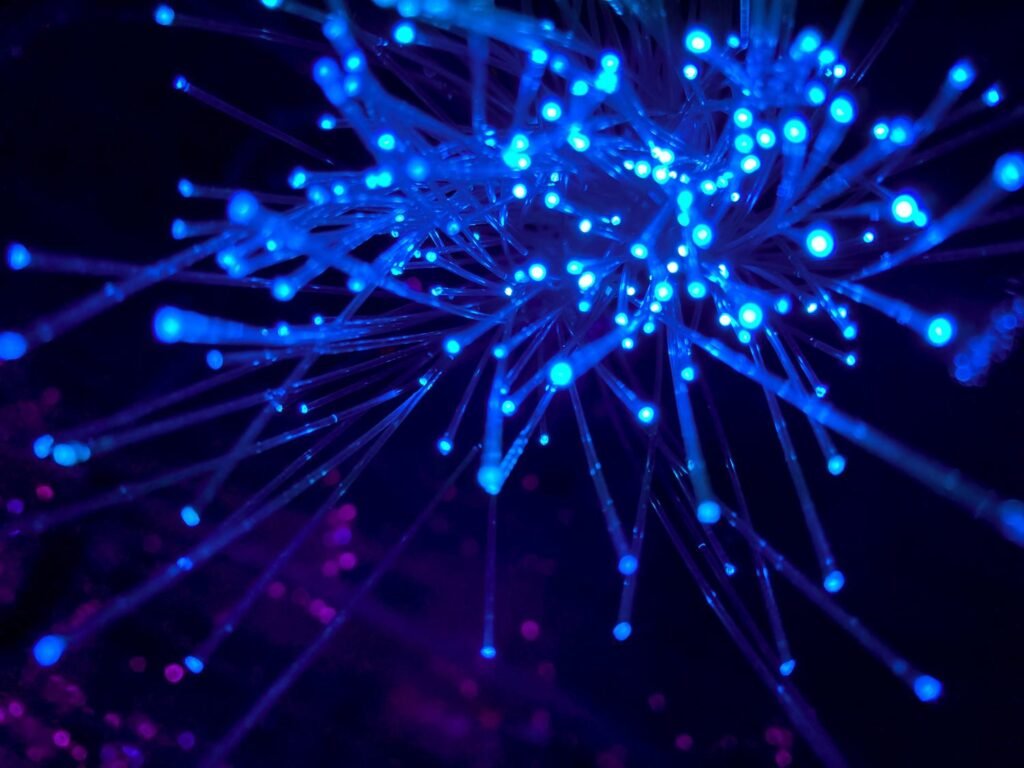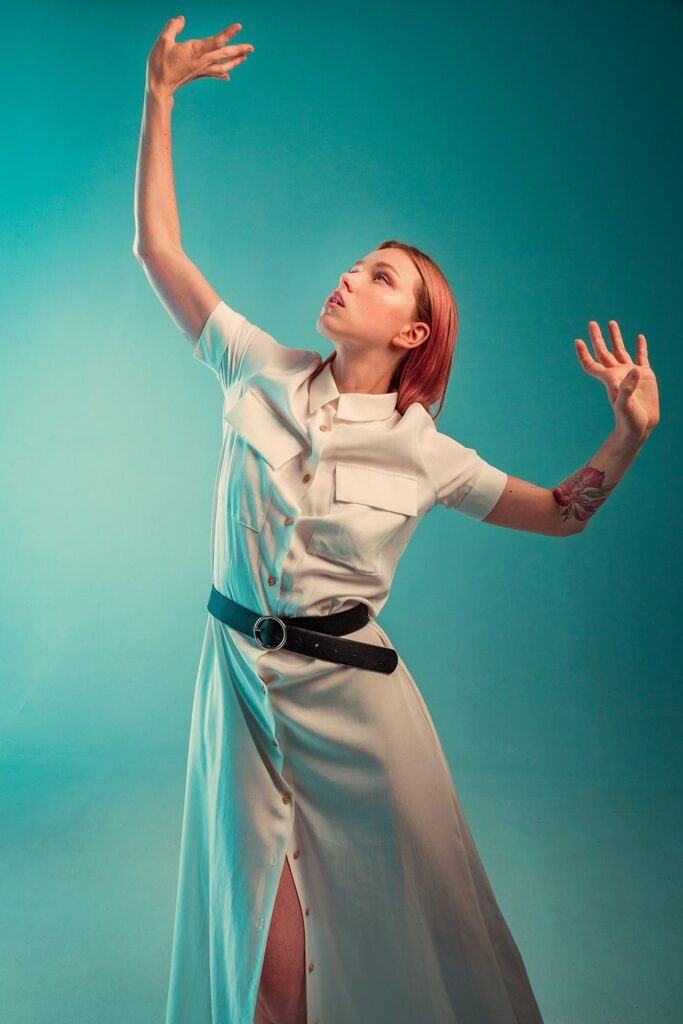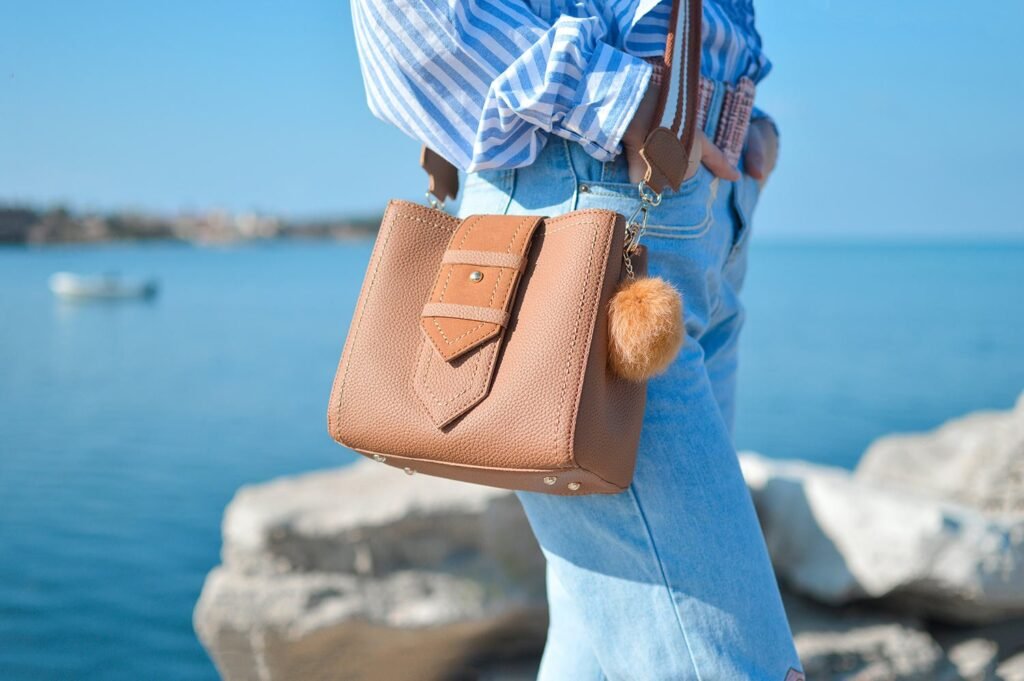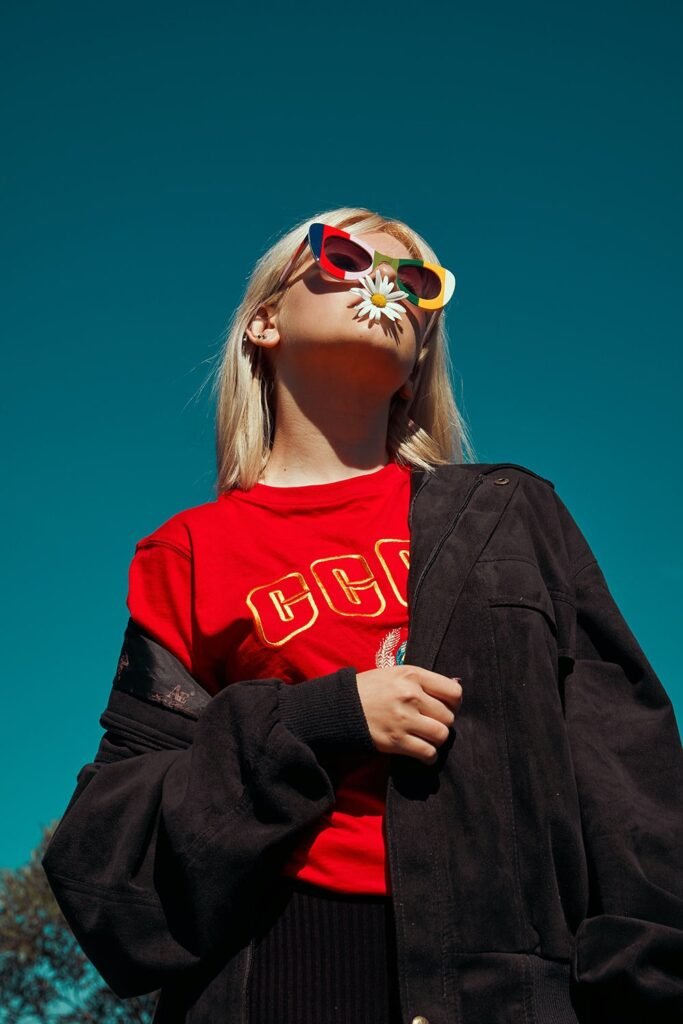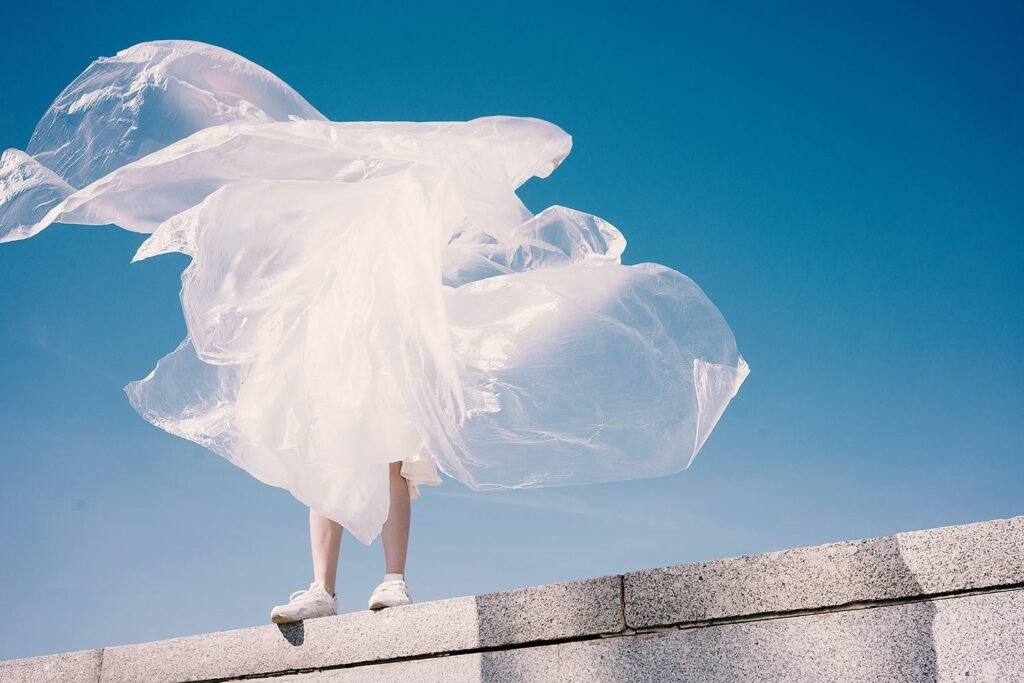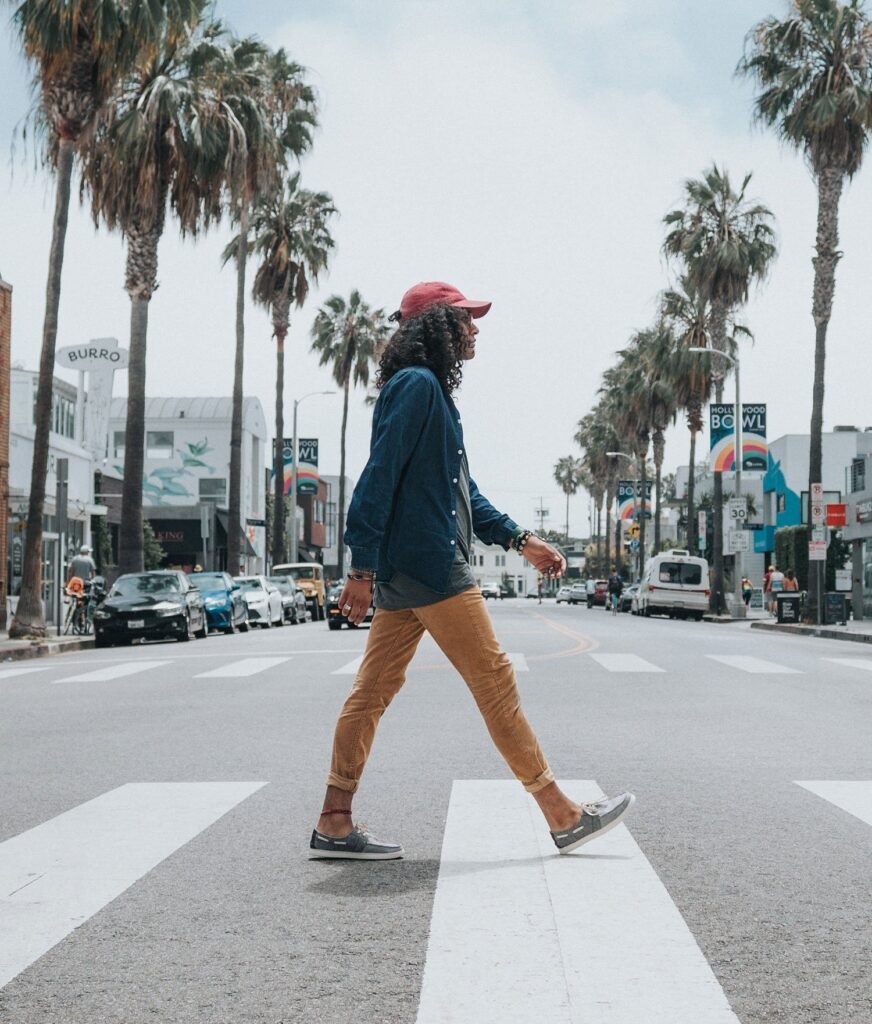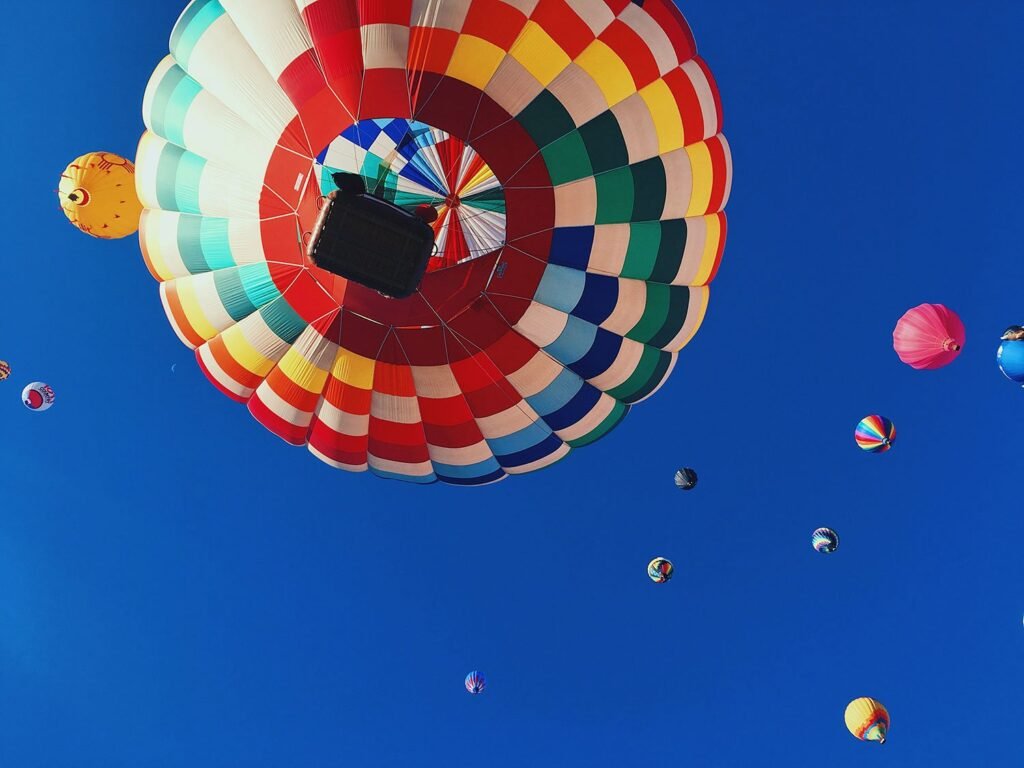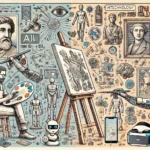The Evolution of Digital Art: How Technology is Shaping the Future of Creativity

In the ever-evolving world of art, technology has become a game-changer, transforming traditional art forms and creating new avenues for creativity. The emergence of digital art has brought together two distinct worlds—art and technology—leading to innovative collaborations and redefining the boundaries of what art can be. From software tools and AI-assisted designs to virtual reality experiences, the impact of technology on the art world is undeniable.
The Rise of Digital Tools for Artists
In the past, artists were limited to traditional tools like pencils, brushes, and canvas. Today, digital tools such as graphic design software (like Adobe Photoshop and Illustrator), 3D modeling programs, and virtual sketchpads have empowered artists to push their creative boundaries. These tools not only help artists create stunning visuals but also provide a space for experimentation without the constraints of physical mediums. Whether it’s manipulating photos, creating digital sculptures, or designing virtual environments, digital tools have become essential in the modern artist’s toolkit.
AI and Art: A New Frontier
Artificial Intelligence (AI) is making waves in the art world, and it’s changing the way artists approach creativity. AI-powered tools like DeepDream, RunwayML, and DALL·E can generate intricate artwork based on simple prompts or enhance existing pieces with a touch of machine learning. Artists are using these technologies to create new styles, explore uncharted territories in visual aesthetics, and even collaborate with machines to create art that blurs the line between human and artificial intelligence.
One notable example is the use of AI to create generative art, where the machine takes on a creative role in designing artwork based on algorithms. This has led to the creation of unique pieces that challenge the very notion of authorship and the role of the artist.
Virtual and Augmented Reality: Transforming the Art Experience
Another exciting technological advancement that is shaping the future of art is Virtual Reality (VR) and Augmented Reality (AR). These technologies provide artists and viewers with immersive experiences that were previously unimaginable. VR art installations, for example, allow users to step inside a virtual world, where they can interact with and explore dynamic art in a three-dimensional space. AR, on the other hand, overlays digital art onto the real world, enabling users to experience artwork in their environment through their smartphones or AR glasses.
This technology is expanding the possibilities of what art can be—enabling new forms of expression that transcend the limitations of physical space. Museums and galleries are already embracing VR and AR, offering virtual tours and interactive displays to enhance the viewer’s engagement with the art.
Blockchain and NFTs: A New Way to Own and Share Art
In recent years, the rise of blockchain technology and Non-Fungible Tokens (NFTs) has brought a revolution to the art world. NFTs provide artists with a new way to monetize their digital artwork, ensuring that ownership and authenticity can be tracked securely. For buyers, NFTs offer a way to invest in and collect digital art, just as they would traditional paintings or sculptures.
Blockchain-based platforms such as OpenSea, Rarible, and Foundation have become popular marketplaces for buying and selling digital art. This technology not only gives artists a chance to reach a global audience but also provides a solution to the problem of piracy and counterfeit art, which has been a challenge in the digital space.
The Future of Digital Art
As technology continues to advance, the possibilities for digital art seem limitless. With innovations like AI-driven creativity, immersive experiences through VR and AR, and secure ownership through blockchain, artists are exploring new ways to create, share, and experience art. The integration of technology into art is opening up new realms for creativity, collaboration, and expression, shaping the future of the art world in ways that were once unimaginable.
Digital art is no longer just a trend; it’s the future of creativity. Artists, collectors, and enthusiasts alike are witnessing a transformation in the way art is created, experienced, and appreciated. As technology continues to evolve, so too will the possibilities for digital art, and one thing is certain—the fusion of technology and creativity will continue to shape the artistic landscape for years to come.


















